#st ottilien archabbey
Text

Gothic door at St. Ottilien Archabbey in GERMANY
#gothic#door#puerta#gotica#saint ottilien#monastery#monasterio#near#cerca#eresing#ammersee#germany#deutschland#alemania#europe#europa
205 notes
·
View notes
Text


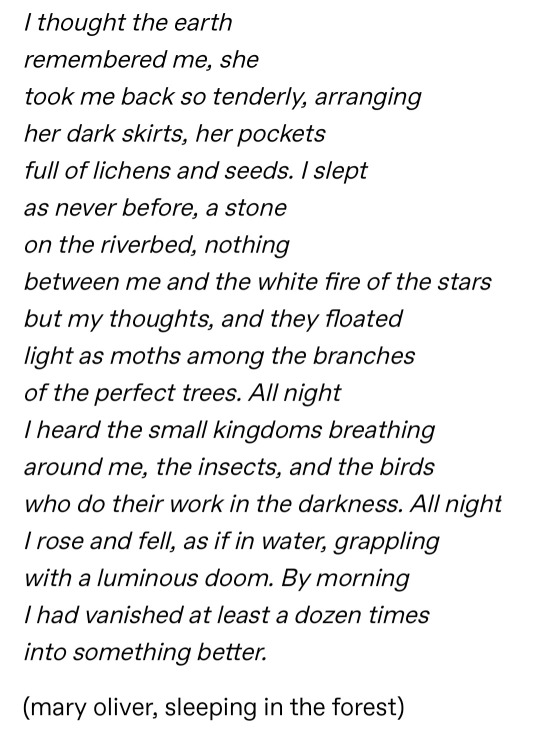
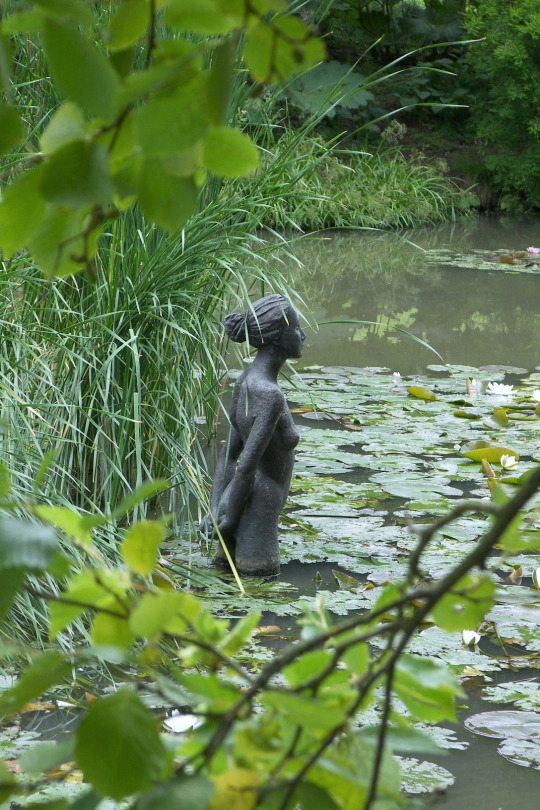





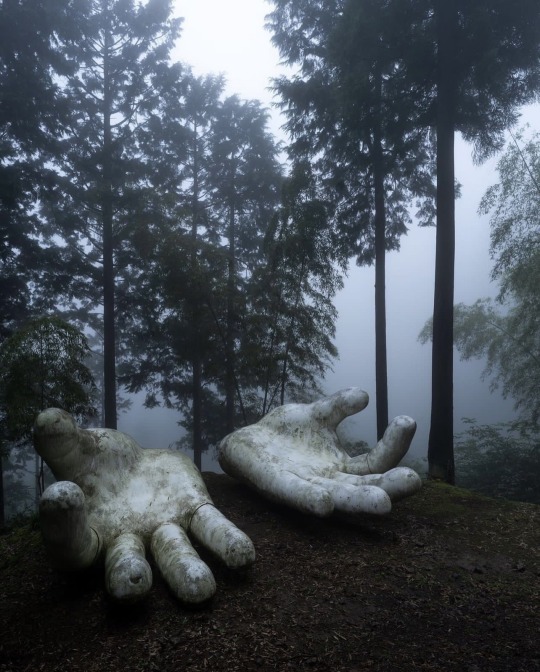
Credits:
Trees may have a ‘heartbeat’ that is so slow we never noticed it by Andy Coghlan / The Spirit of the Medieval Hunter, Anna & the Willow, Willow Sculpture (2018) / Mary Oliver, Sleeping in the Forest / Lady In The Water at Sir Harold Hillier Gardens (2008) / Quote fragment from Knut Hamsun / 'Thrive' by Daniel Popper (2020) / Quote fragment from Tales From Earthsea by Ursula K. Le Guin / Nesting in the crown of Mary at St. Ottilien Archabbey, Oberbayern, Germany / Quote fragment from 'The World Keeps Ending, and the World Goes On' by Franny Choi / Abandoned Stone Hands Sculpture, Japan
#artemis#artemis deity#artemis goddess#artemis worship#artemis devotee#artemis devotion#quotes#nature#nature quotes#nature photography#animism#helpol#hellenic polytheist#hellenic paganism#diana#diana deity#diana worship#diana devotee#diana devotion#e offering
172 notes
·
View notes
Text
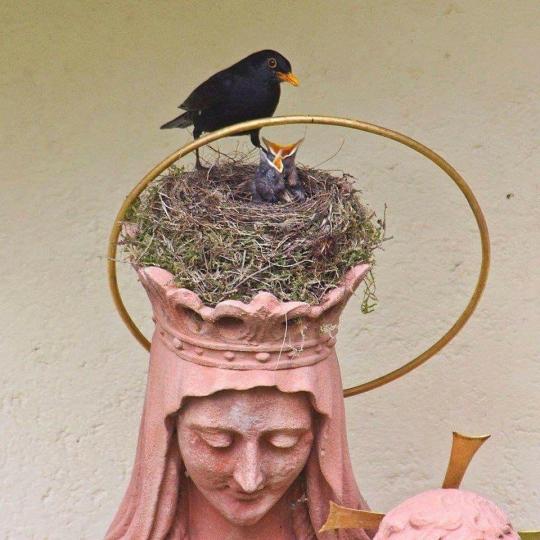
Nesting in the crown of Mary at St. Ottilien Archabbey, Oberbayern, Germany
4 notes
·
View notes
Photo
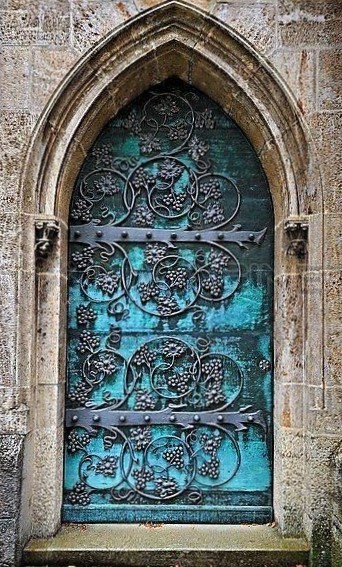
Gothic Door With Iron Mounting At The Neo-Gothic St. Ottilien Archabbey, near Landsberg, Bavaria, Germany
fbcdn-photos-e-a.akamaihd.net
141 notes
·
View notes
Photo

Nesting in the crown of Mary at St. Ottilien Archabbey, Oberbayern, Germany.
#upl#birds#photography#unknown photographer#pls if you know the artist message me#can't find them anywhere
54K notes
·
View notes
Photo


stork, nesting on the strong shoulders of Jesus Christ, a cemetery of Muizen-Mechelen, Belgium, 2017 - by Eddy Van Leuven, Belgian / Nesting in the crown of Mary at St. Ottilien Archabbey, Oberbayern, Germany.
44 notes
·
View notes
Photo
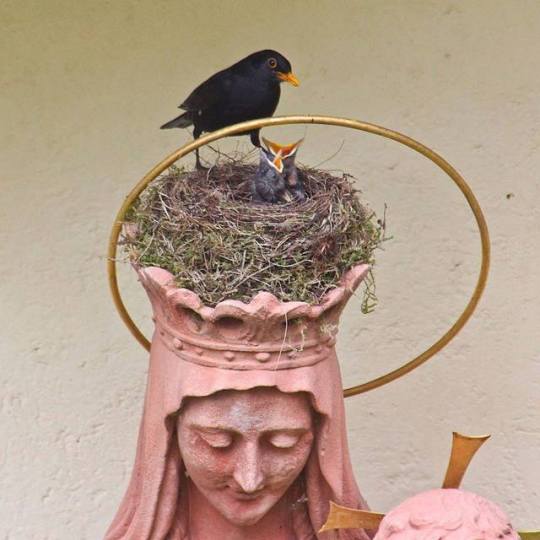
Nesting in the crown of Mary at St. Ottilien Archabbey, Oberbayern, Germany.
Photo: @inthemoodfortw on Twitter
86 notes
·
View notes
Text
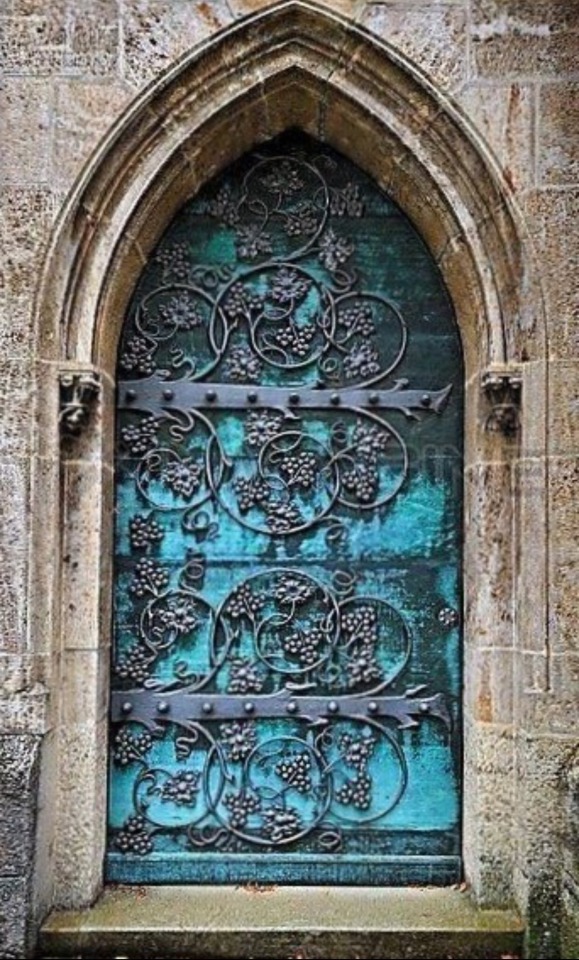
Gothic Door With Iron Mounting At The Neo-Gothic St. Ottilien Archabbey, near Landsberg, Bavaria, Germany
1 note
·
View note
Photo
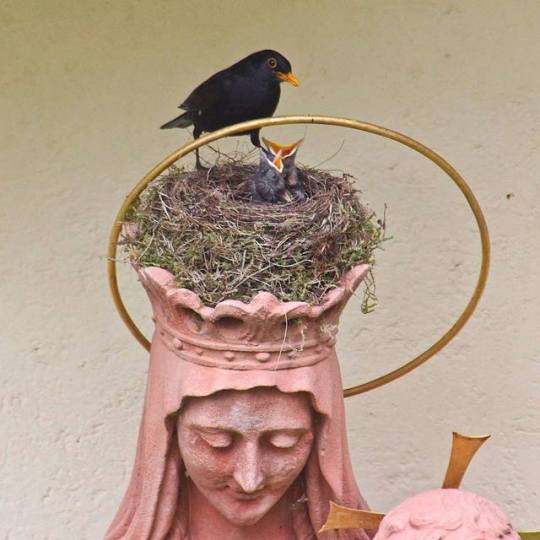
Nesting in the crown of Mary at St. Ottilien Archabbey, Oberbayern, Germany.
Photo: @inthemoodfortw on Twitter
0 notes
Text
Just Pinned to Front Doors: Gothic door with iron mounting at the neo-Gothic St. Ottilien Archabbey,near Landsberg,Bavaria,Germany,Europe photo https://t.co/sTZIxvcfUp https://t.co/91hDGc31bW
Just Pinned to Front Doors: Gothic door with iron mounting at the neo-Gothic St. Ottilien Archabbey,near Landsberg,Bavaria,Germany,Europe photo https://t.co/sTZIxvcfUp pic.twitter.com/91hDGc31bW
— RoadTrip_NewEngland (@RNewengland) June 12, 2019
from Twitter https://twitter.com/RNewengland
0 notes
Text
The Met Diamond Mountains Jeong Seon (Korean, 1676–1759) General View of Inner Geumgang, Mexico Mask, Egyptian Face from Statue, museum, library, Landscape architects, GREEN INFRASTRUCTURE, environmental architect, Rembrandt
The Met Diamond Mountains Jeong Seon (Korean, 1676–1759) General View of Inner Geumgang, Mexico Mask, Egyptian Face from Statue, museum, library, Landscape architects, GREEN INFRASTRUCTURE, environmental architect, Rembrandt
https://www.facebook.com/juhyung.han.5/posts/1699280493464451
https://artnouveau19com.wordpress.com/2018/02/14/jeong-seon-korean-1676-1759-general-view-of-inner-geumgang-mexico-mask-egyptian-face-from-statue-museum-library-landscape-architects-green-infrastructure-environmental-architect-rem/
Jeong Seon (artist name: Gyeomjae) (Korean, 1676–1759),
謙齋 鄭敾 金剛內山全圖 (謙齋鄭敾畫帖) 朝鮮
General View of Inner Geumgang; One leaf from the Album of Gyeomjae Jeong Seon, Joseon dynasty (1392–1910), ca. 1740s, Album leaf; ink and light color on silk, Image: 8 11/16 × 21 3/8 in. (22 × 54.3 cm), Lent by Waegwan Abbey, North Gyeonsang province (National Museum of Korea)
https://www.metmuseum.org/exhibitions/view?exhibitionId=%7b819ce136-609d-427a-9d49-2d5ddd39ac7f%7d&oid=761908&pkgids=472&pg=0&rpp=20&pos=5&ft=*&offset=20
This overview composition was an innovation of Jeong’s to which he returned throughout his career. His repeated experimentation with the format—varying the size, orientation, sites included or accorded prominence, complexity of brushwork, and degree of stylization—evidences the depth of his artistic and intellectual interest in its inherent possibilities. The horizontality of this piece presents a looser and less compacted experience, encouraging the eye to meander through the scenery. Here, the dark shading around the rocky peaks gives a more pronounced chiaroscuro effect. This album had been in the collection of St. Ottilien Archabbey in Germany for some eighty years until its return to South Korea in 2006. As with all works in the exhibition, this painting is making its North American debut.
The MetVerified account @metmuseum Feb 7
More
"Diamond Mountains: Travel and Nostalgia in Korean Art" opens to the public today. The exhibition is part of a celebration marking the 20th anniversary of the establishment of The Met's Arts of Korea Gallery. http://met.org/2nLK1rb
https://www.metmuseum.org/exhibitions/listings/2018/diamond-mountains?utm_source=Twitter&utm_medium=tweet&utm_content=20180207&utm_campaign=diamondmountains
The MetVerified account @metmuseum Feb 8
Lacking holes for eyes and nose, this mask could not have been worn over a living face, but there are attachment holes along the edges by means of which it might have been used as a costume element or adhered as a face to a mummy or a sacred bundle. http://met.org/2E96nOn
Mask, 900–400 B.C., Mexico, Mesoamerica, Olmec, Jadeite, H. 6 3/4 x W. 6 5/16 in. (17.1 x 16.5 cm), Stone-Sculpture, Jade, The Metropolitan Museum of Art.
https://www.metmuseum.org/art/collection/search/310279?utm_source=Twitter&utm_medium=tweet&utm_content=20180208&utm_campaign=collections
The MetVerified account @metmuseum
This quartzite head once belonged to a composite statue made of several different materials. Based on the color of the stone (red being the conventional color for men), the owner was originally identified as Akhenaten. http://met.org/2F2dXaV
Face from a Composite Statue, probably Queen Tiye, New Kingdom, Amarna Period, Dynasty 18, reign of Amenhotep III-Akhenaten, ca. 1353–1336 B.C., From Egypt; Probably from Middle Egypt, Amarna (Akhetaten), Quartzite, H. 13.3 cm (5 1/4 in.); W. 12.5 cm (4 15/16 in.); D. 12.4 cm (4 7/8 in.) H. of face 11 cm (4 5/16 in.), The Metropolitan Museum of Art.
https://www.metmuseum.org/art/collection/search/544693?utm_source=Twitter&utm_medium=tweet&utm_content=20180214&utm_campaign=collections
From Sight to Light
The Passage From Ancient To Modern Optics
A. Mark Smith
The University of Chicago Press, 2015
https://www.instagram.com/p/BfKwUQdBrkg/
IFLA @IFLA Jan 20
Congratulations @Valletta2018, European Capital of Culture 2018! With #libraries, everywhere has the potential to become a capital of #culture #ECoC #Valletta2018
https://twitter.com/IFLA/status/954639637489770497
https://www.ifla.org/node/25586
American Society of Landscape Architects @NationalASLA Feb 1
More
Landscape architects plan, design, and build green infrastructure systems.
GREEN INFRASTRUCTURE: CITIES
Cities need as much green infrastructure as possible, given how dense and impermeable they tend to be. In the urban environment, green infrastructure covers everything from parks to street trees and green roofs to bioswales -- really anything that helps absorb, delay, and treat stormwater, mitigating flooding and pollution downstream. Green infrastructure also creates oxygen, sequesters carbon, and creates wildlife habitat. Urban greenery has also been proven to improve mental health and well-being.
Every city should have its own green infrastructure strategy and actionable plan to make it happen. Philadelphia and New York City are leading the way with model-breaking green infrastructure plans. In Philadelphia, a comprehensive green infrastructure approach is estimated to cost just $1.2 billion over the next 25 years, compared to over $6 billion for "grey" infrastructure, a term used for the concrete tunnels created to move water. With this plan, 250 people are expected to be employed annually in green jobs. The city is expecting up to 1.5 billion pounds of carbon dioxide emission to be avoided or absorbed through green infrastructure each year, the equivalent of removing close to 3,400 vehicles from roadways. With improved air quality due to all the new trees, green roofs, and parks, communities will benefit on the social or health side, as well. The city estimates 20 deaths due to asthma will be avoided, and 250 fewer work or school days will be missed. Deaths due to excessive urban heat could also be cut by 250 over 20 years. Lastly, the economic benefits are also outstanding: the new greenery will increase property values by $390 million over 45 years, also boosting the property taxes the city takes in.
New York City’s green infrastructure plan is projected to cost $1.5 billion less than a comparable grey infrastructure approach. Green stormwater management systems alone will save $1 billion, at a cost of about $0.15 less per gallon. Also, sustainability benefits in NYC range from $139-418 million over the 20 year life of the project, depending on measures implemented. The plan estimates that “every fully vegetated acre of green infrastructure would provide total annual benefits of $8.522 in reduced energy demand, $166 in reduced CO2 emissions, $1,044 in improved air quality, and $4,725 in increased property value.”
Spotlight on urban forests
Cities have forests, too, which are an important component of urban green infrastructure systems.* Smart urban policies are needed to increase the use of appropriate or native tree and plant species and reduce the presence of noxious and invasive ones. Using native plant communities contributes to place-making and identity; native vegetation also generally requires less maintenance and irrigation. In all cases, urban trees should be chosen for durability and resilience, character, growth habit, and aesthetic value. Urban forests should also include a diversity of species to avoid mono-cultures, which reduce biodiversity and are less resilient to pests and other environmental factors that can harm or kill trees. Plant and tree professionals, advocacy groups, and government agencies can facilitate sound plant selection and planting practices. Good design blends artistic and scientific best practices to create a healthy growing environment.
Recent federal legislation recognizes the many benefits of urban trees. The Energy Conservation Through Trees Act, authored by Congresswoman Doris Matsui (CA) of Sacramento, would establish a grant program with electricity providers to plant shade trees to insulate residential buildings and minimize home heating and cooling costs. The legislation would require an education and information campaign to encourage residents to maintain their shade trees over a long term; require monitoring and reporting of tree survival, growth, overall health, and estimated savings; and require tree recipients to provide stewardship and care of the trees.
*They are not, of course, the only component of urban green infrastructure. Be sure to see our sections on constructed wetlands, green streets, and green roofs & walls.
https://www.asla.org/ContentDetail.aspx?id=43535
FEB 2, 2018
Get to know Dr Phillip Roös, world-leading environmental architect
Dr Phillip Roös hopes to see more architecture embrace 'deep sustainability', where design enriches place, considers people, responds to local character and culture, and creates a healthy environment.
Dr Phillip Roös has worked all over the world, including in Africa, Europe and Australia. He now teaches architecture at Deakin University, where he had developed a unit called 'Ecological Cities and Futures' that examines ecological urbanism and design that considers the relationship between humans and nature.
Roös hopes to see more architecture embrace 'deep sustainability', where design enriches place, considers people, responds to local character and culture, and creates a healthy environment.
As a senior lecturer in Architecture at Deakin University, what research projects that you are involved with could have a positive impact on the future of architecture?
A research project called ‘Biophilia and a Regenerative Pattern Language’. This research looks at the human-nature relationship (biophilia) to inform optimised design processes based on a regenerative pattern language system. This potentially can result in a new architecture and planning method that re-establishes our wholeness with nature, creating healthy built environments, and considering the vulnerabilities of a changing landscape.
https://www.therealestateconversation.com.au/profiles/2018/02/02/get-know-dr-phillip-roos-world-leading-environmental-architect/1517522364
Museum Rembrandthuis @RembrandthuisMore
Happy Valentine’s Day to all lovebirds from Rembrandt and his Saskia! #ValentinesDay
https://twitter.com/Rembrandthuis/status/963686943514091520
0 notes
Photo
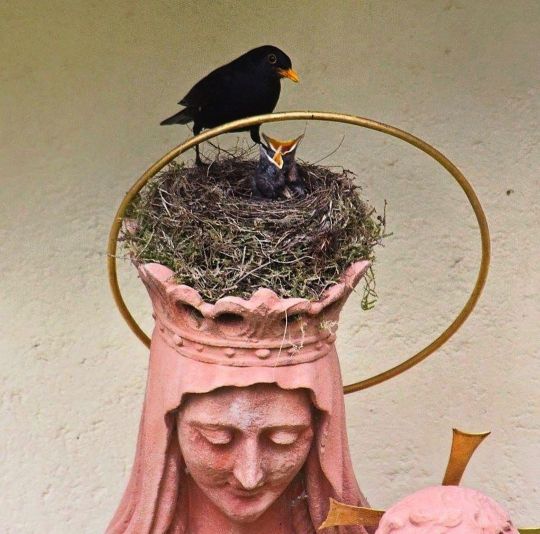
Nesting in the crown of Mary at St. Ottilien Archabbey, Oberbayern, Germany 🇩🇪 #germany🇩🇪 #nestingbirds #crown #stottilienarchabbey #churchathome #naturealwaysfindsaway #naturelovers #birdwatching (at Catalina Foothills, Arizona) https://www.instagram.com/p/CZjziDjlIeahPI68o90cTvF3awcLQ0czPPiZ5k0/?utm_medium=tumblr
#germany🇩🇪#nestingbirds#crown#stottilienarchabbey#churchathome#naturealwaysfindsaway#naturelovers#birdwatching
0 notes
Photo

Gothic Door With Iron Mounting At The Neo-Gothic St. Ottilien Archabbey, near Landsberg, Bavaria, Germany
fbcdn-photos-e-a.akamaihd.net
24 notes
·
View notes